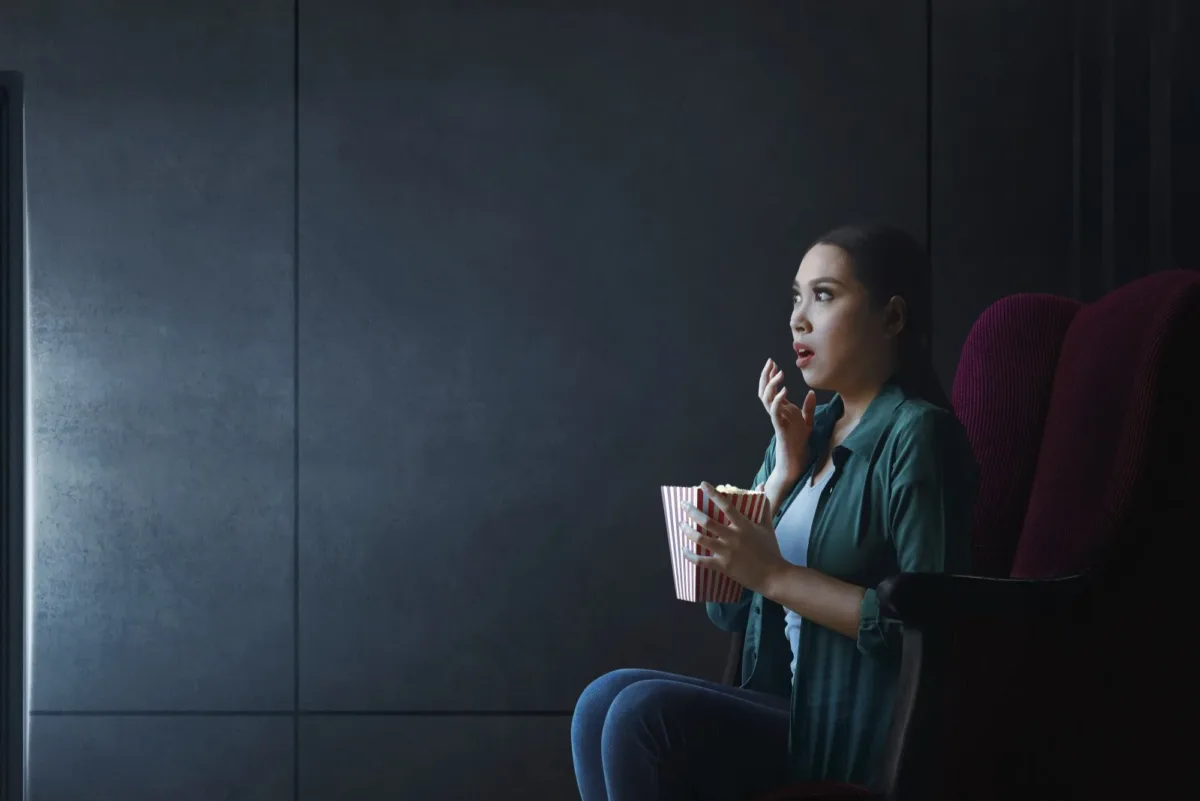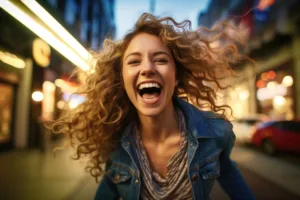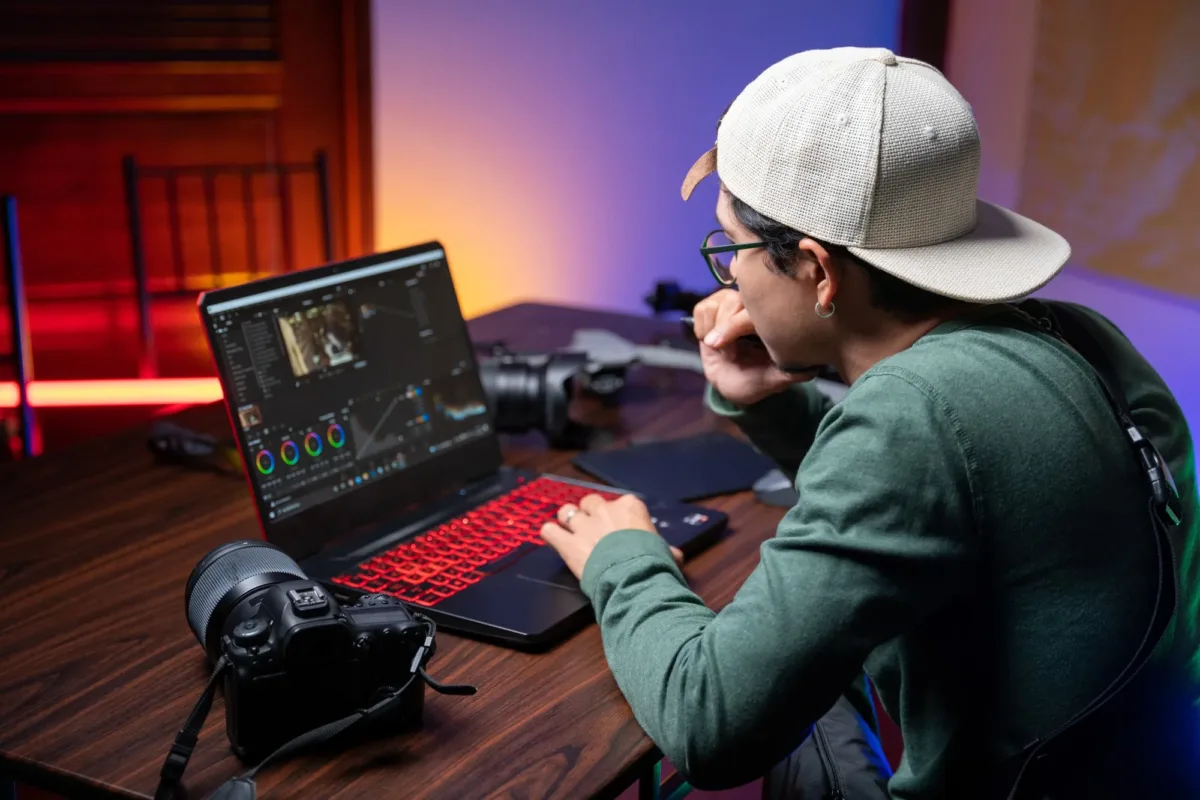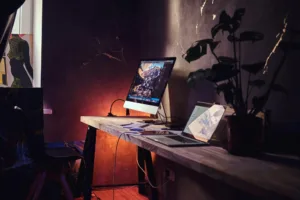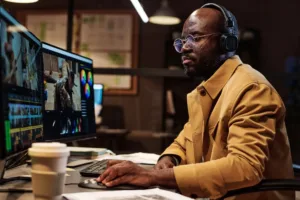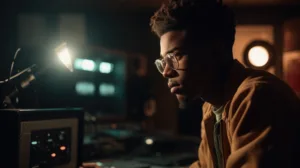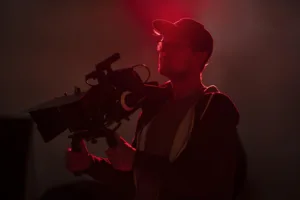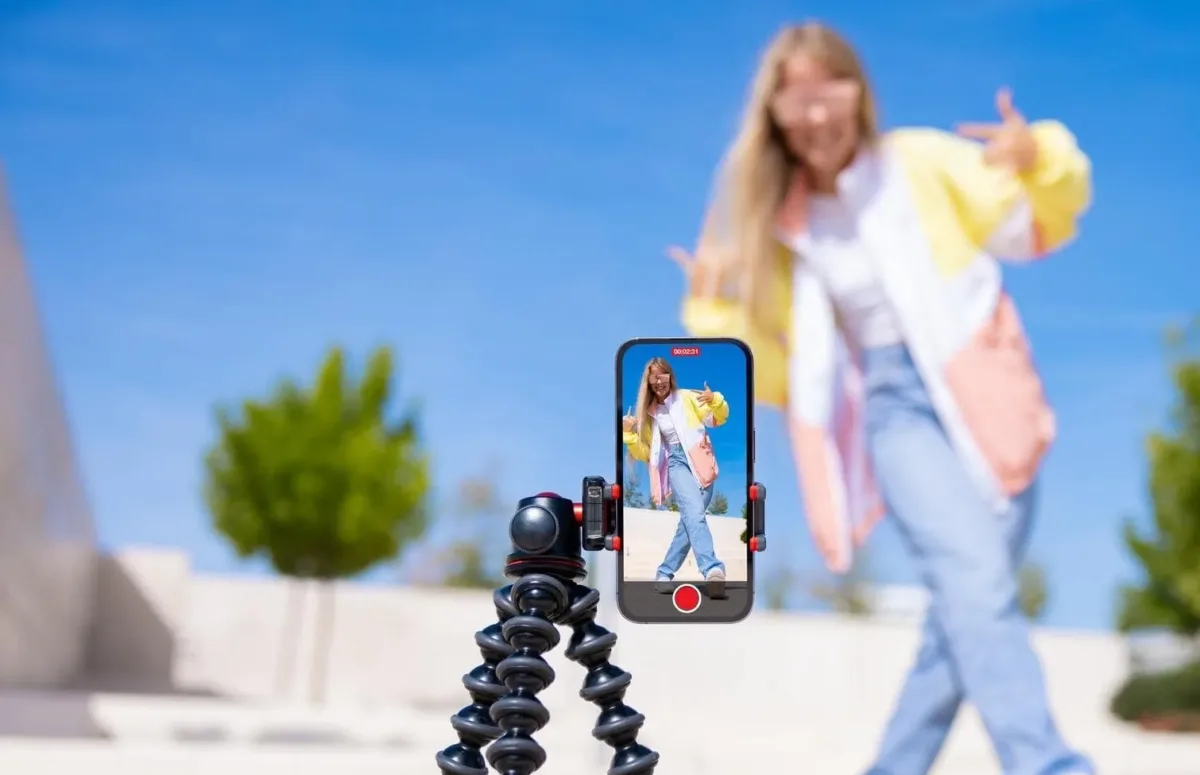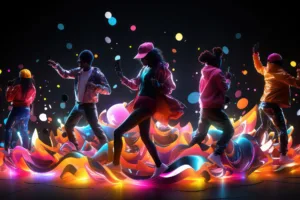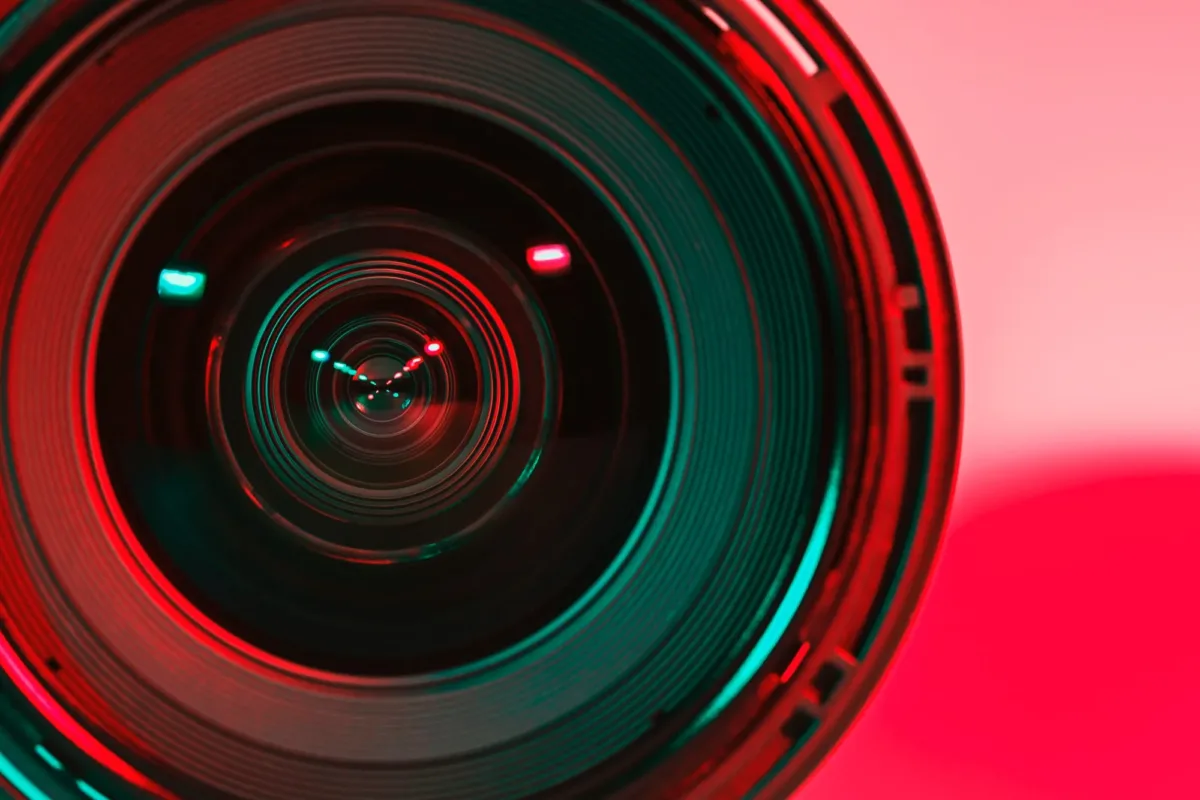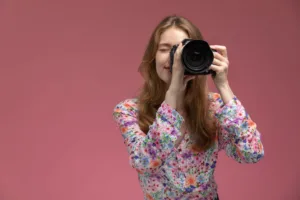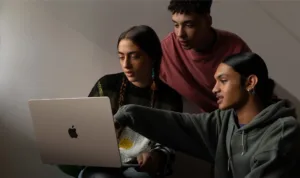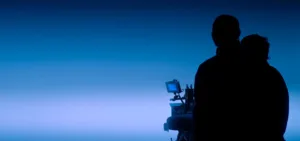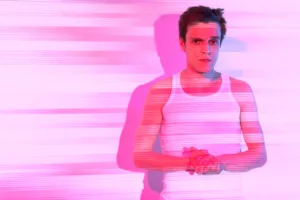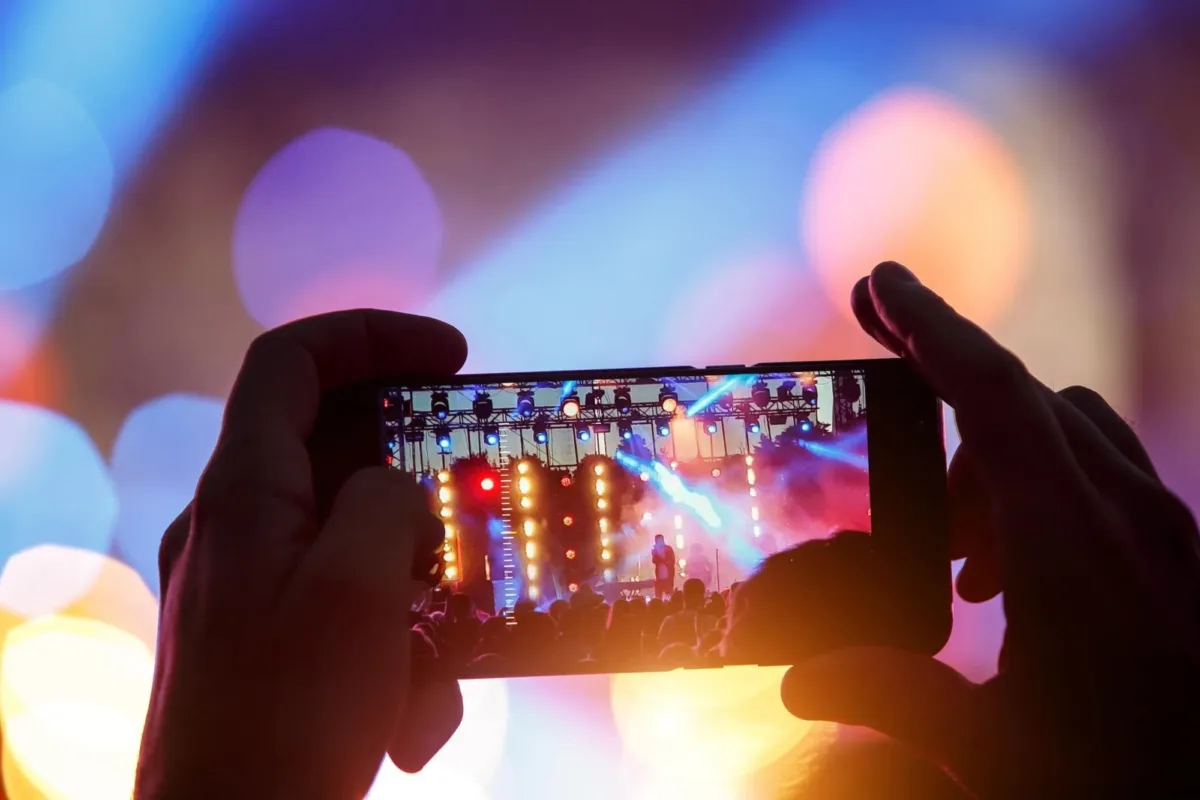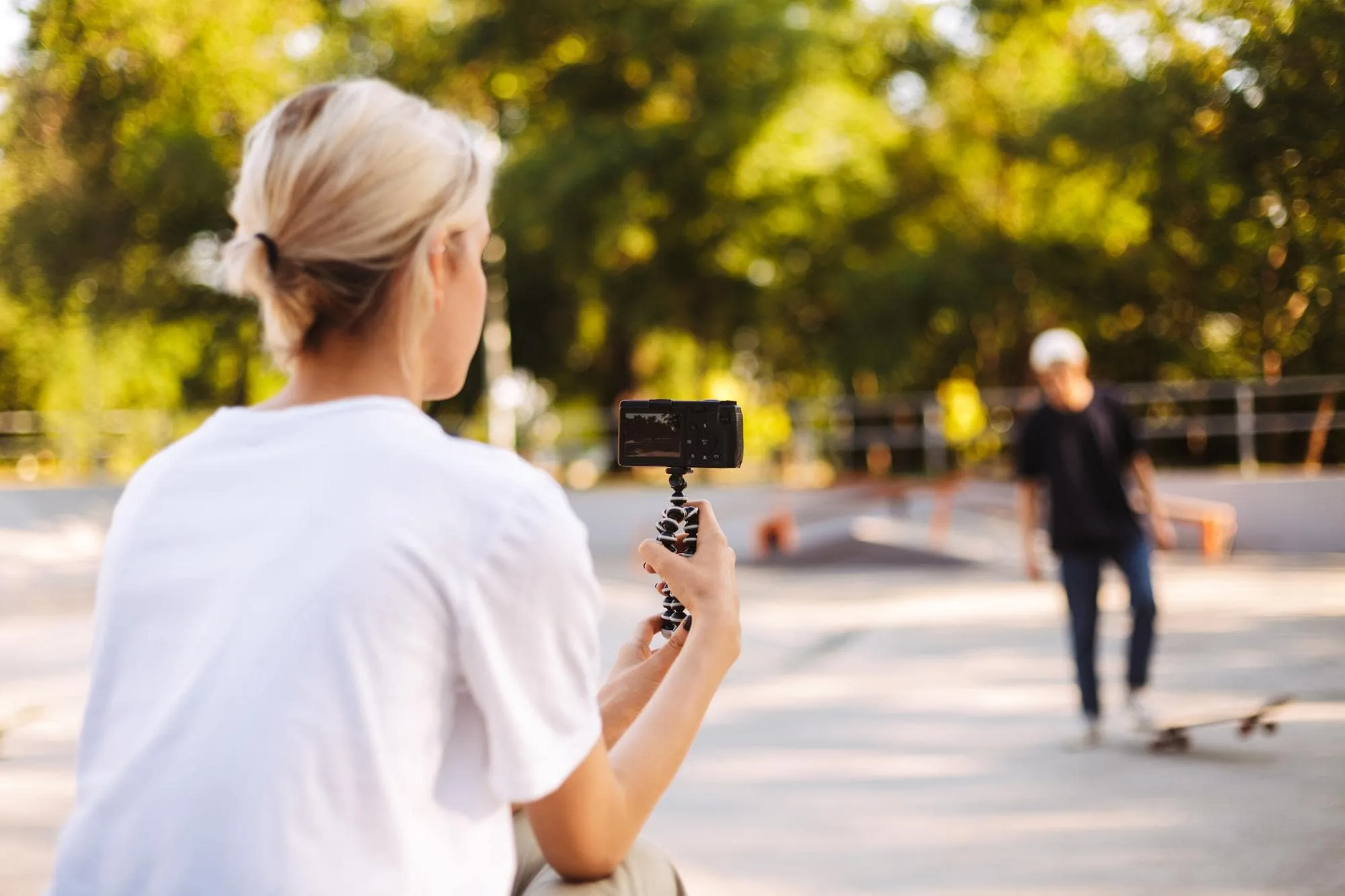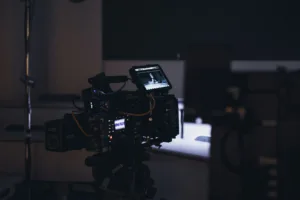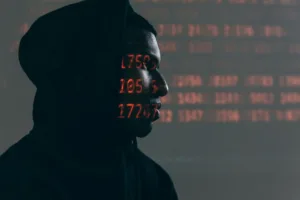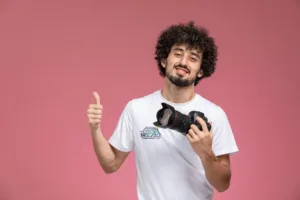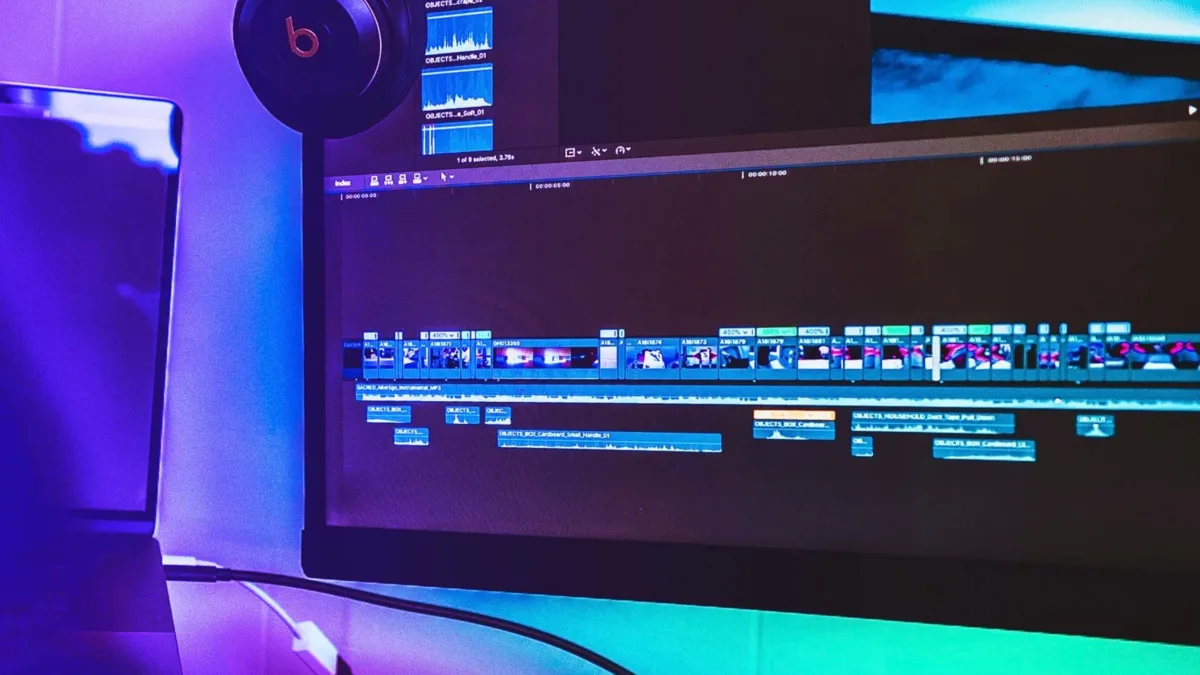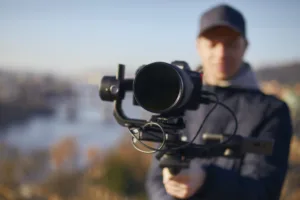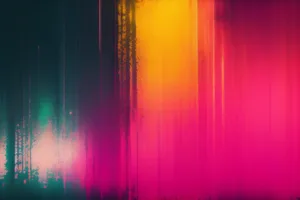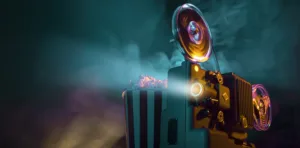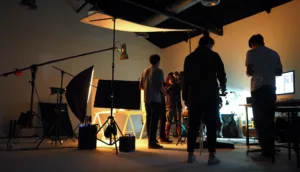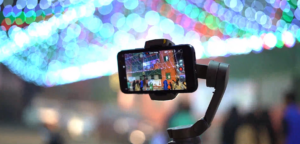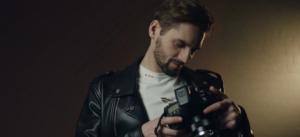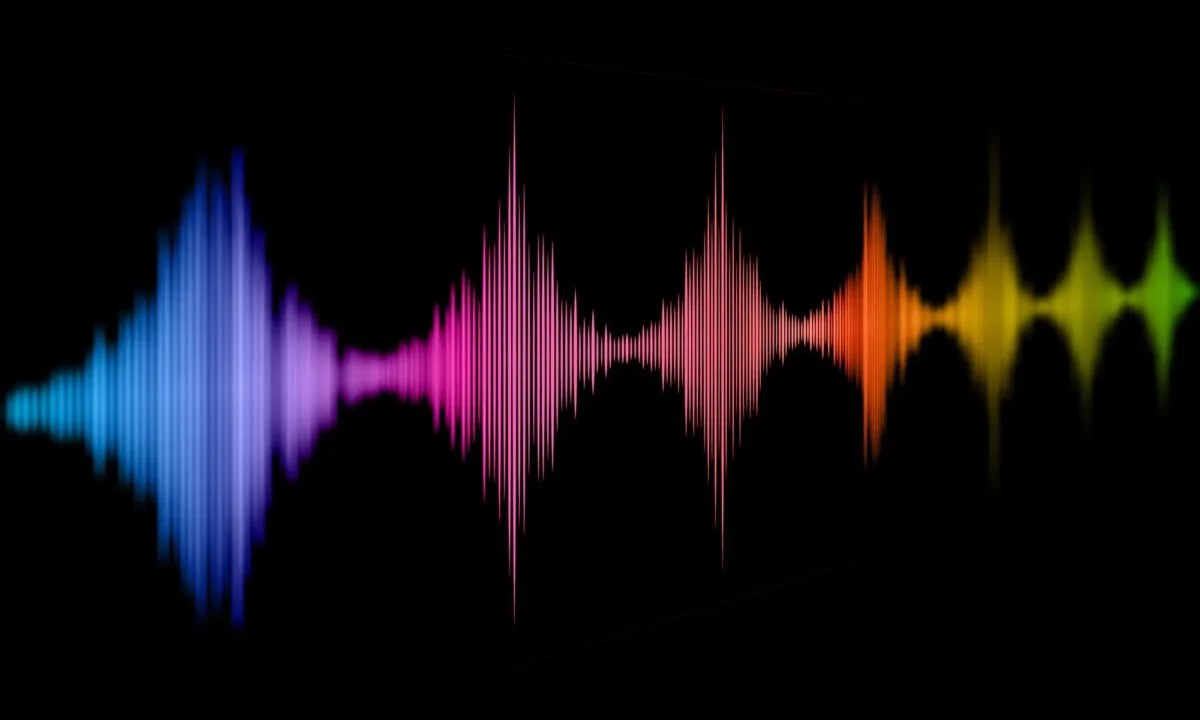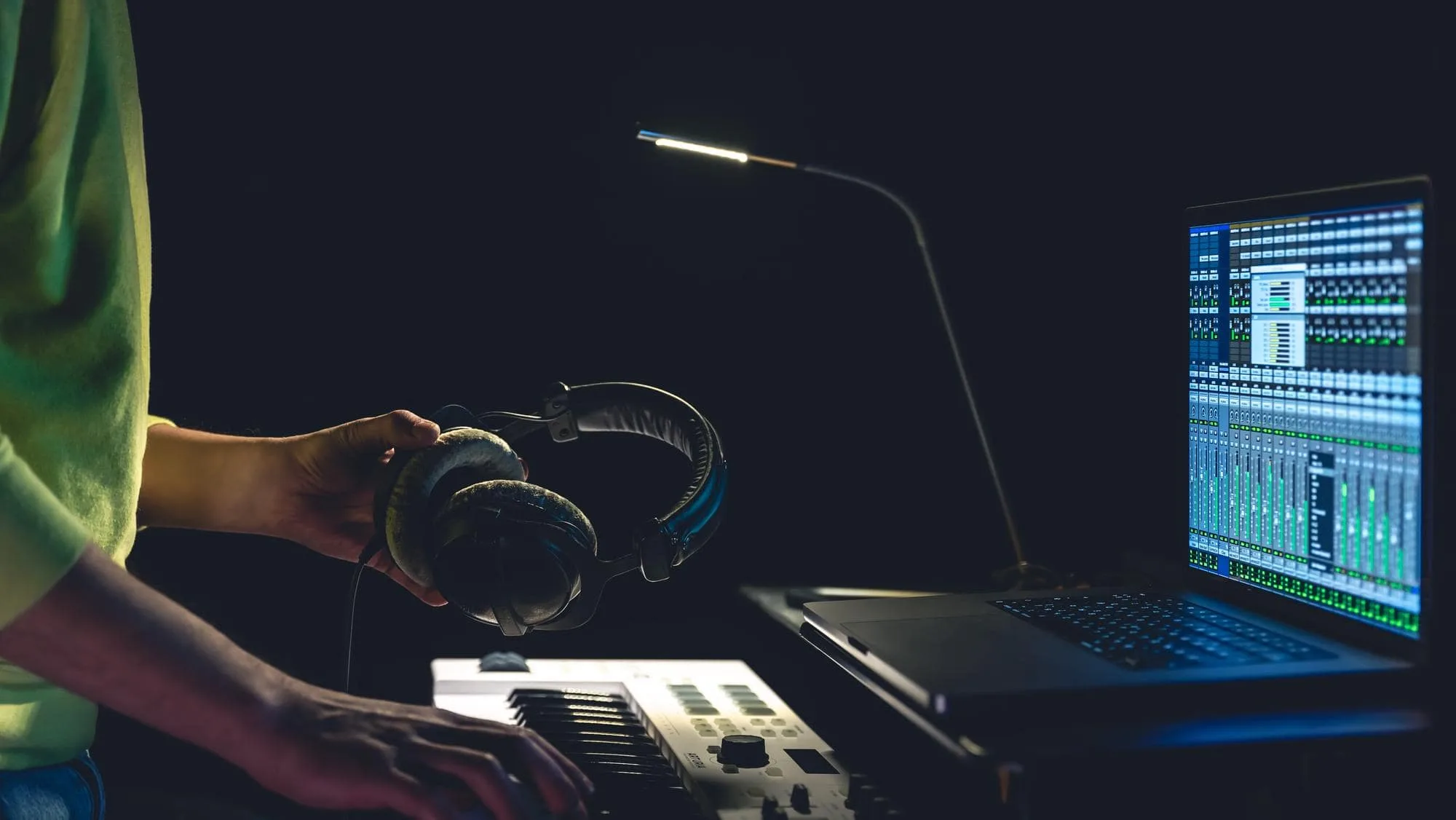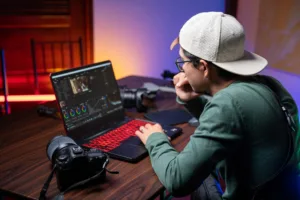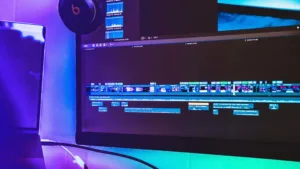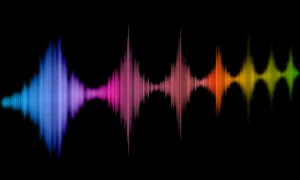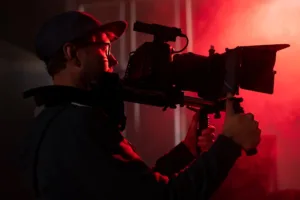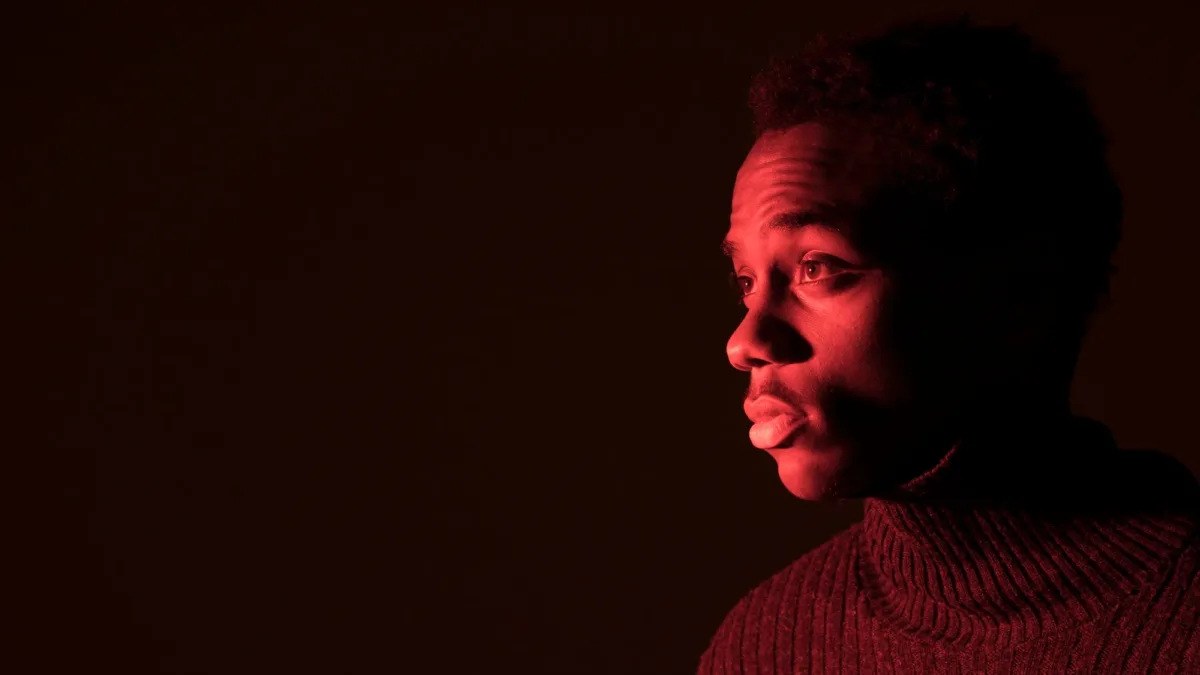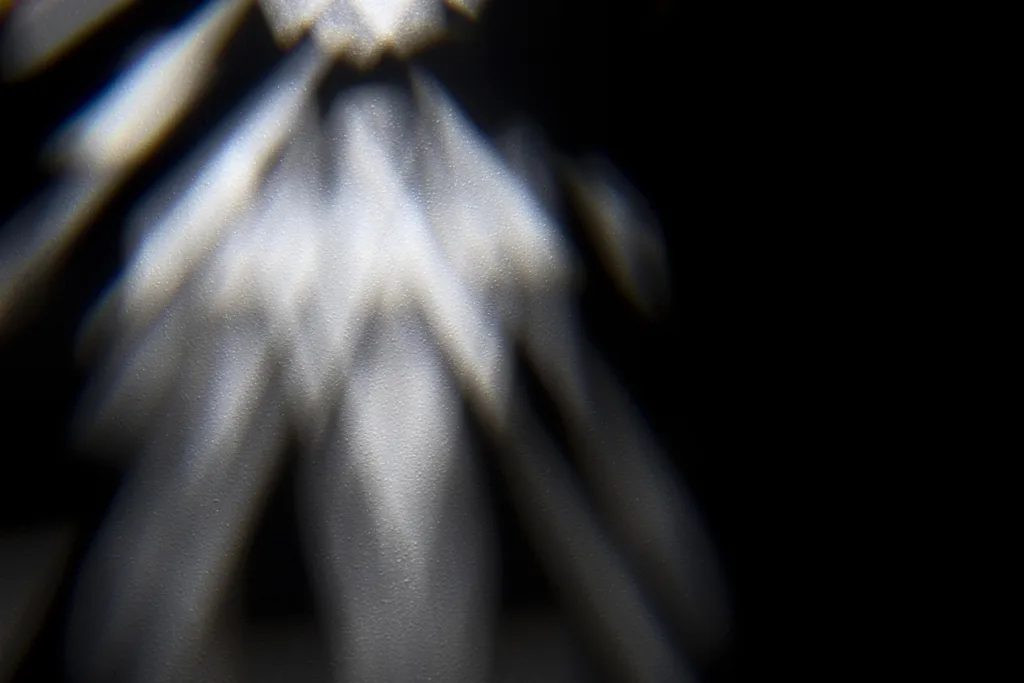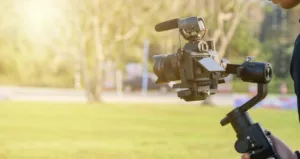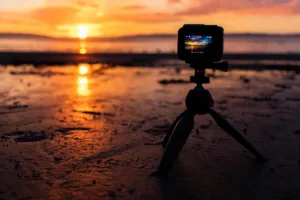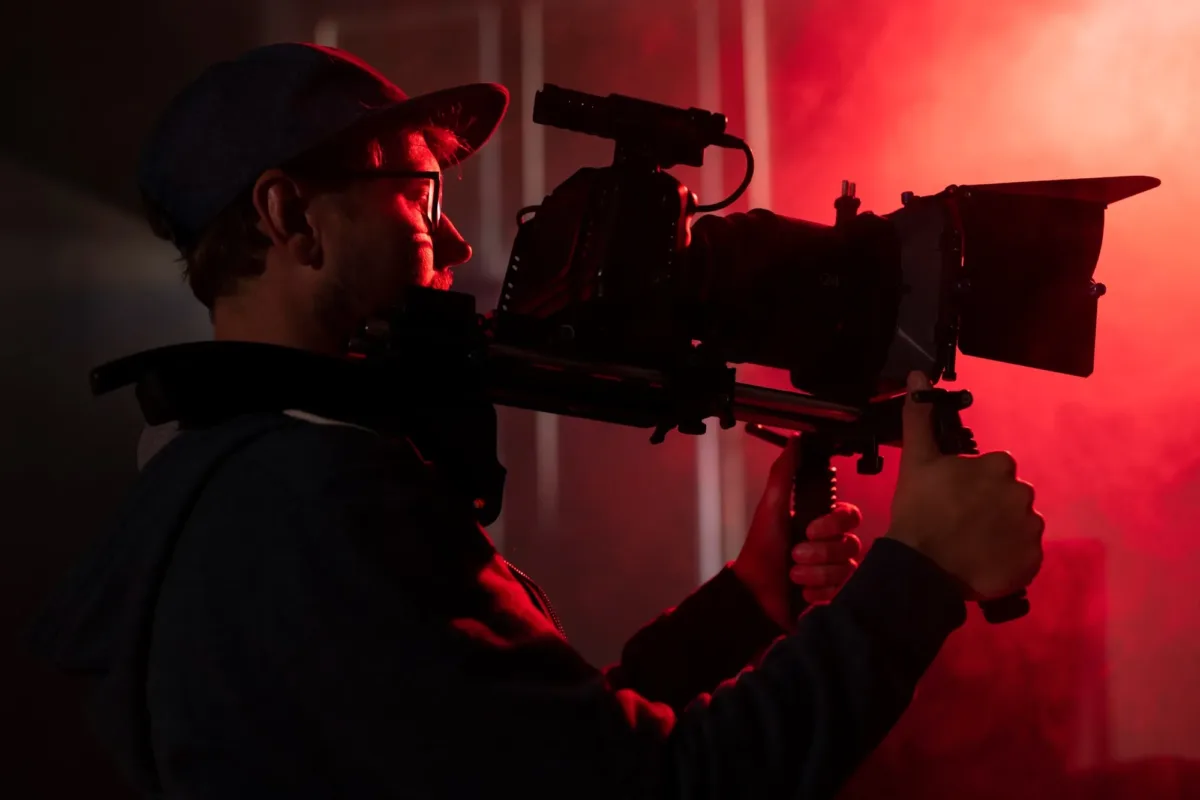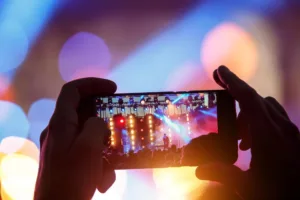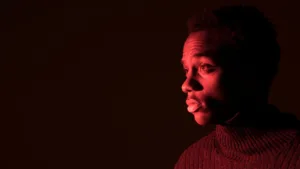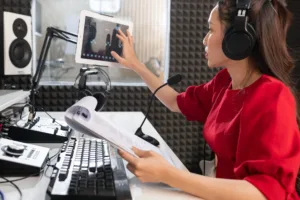How to use music in film and video projects.
Lights, camera, action…and music! How to use music in film and video projects? That’s right, folks – music is a vital component of any great film or video project. It can set the mood, evoke emotion, and even propel the story forward.
But how do you choose the right music for your project, and how do you use it effectively? Here are a few tips to get you started:
Consider the tone
The music you choose should match the tone of your project. Are you making a lighthearted comedy or a serious drama? Is your video meant to be inspiring or suspenseful? Think about the emotions you want to evoke in your audience and choose music accordingly.
Pay attention to pacing
The tempo and rhythm of the music can affect the pacing of your video. If you want to create a sense of urgency, choose a faster-paced track. If you want to slow things down and create a more contemplative mood, go for something slower.
Use music to create contrast
Sometimes, using music that contrasts with the visuals can create a powerful effect. For example, pairing a sad song with footage of a joyful event can create a bittersweet tone.
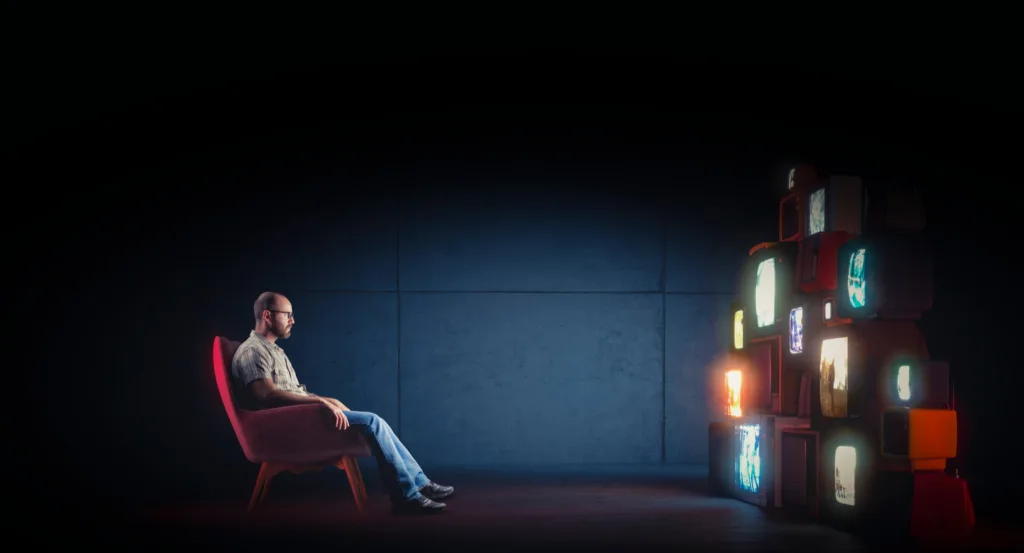
Consider the lyrics (or lack thereof)
If your project includes dialogue or narration, make sure the music isn’t competing with it. Instrumental tracks are a safe bet, but if you do choose a song with lyrics, make sure they don’t detract from the story.
Don't forget about licensing
Before using any music in your project, make sure you have the legal right to do so. There are plenty of royalty-free music libraries out there, but TuneCutter is the best for price and licensing purposes going forward.
And there you have it – a few tips for using music in your film and video projects. Just remember, music is a powerful tool, so use it wisely!



